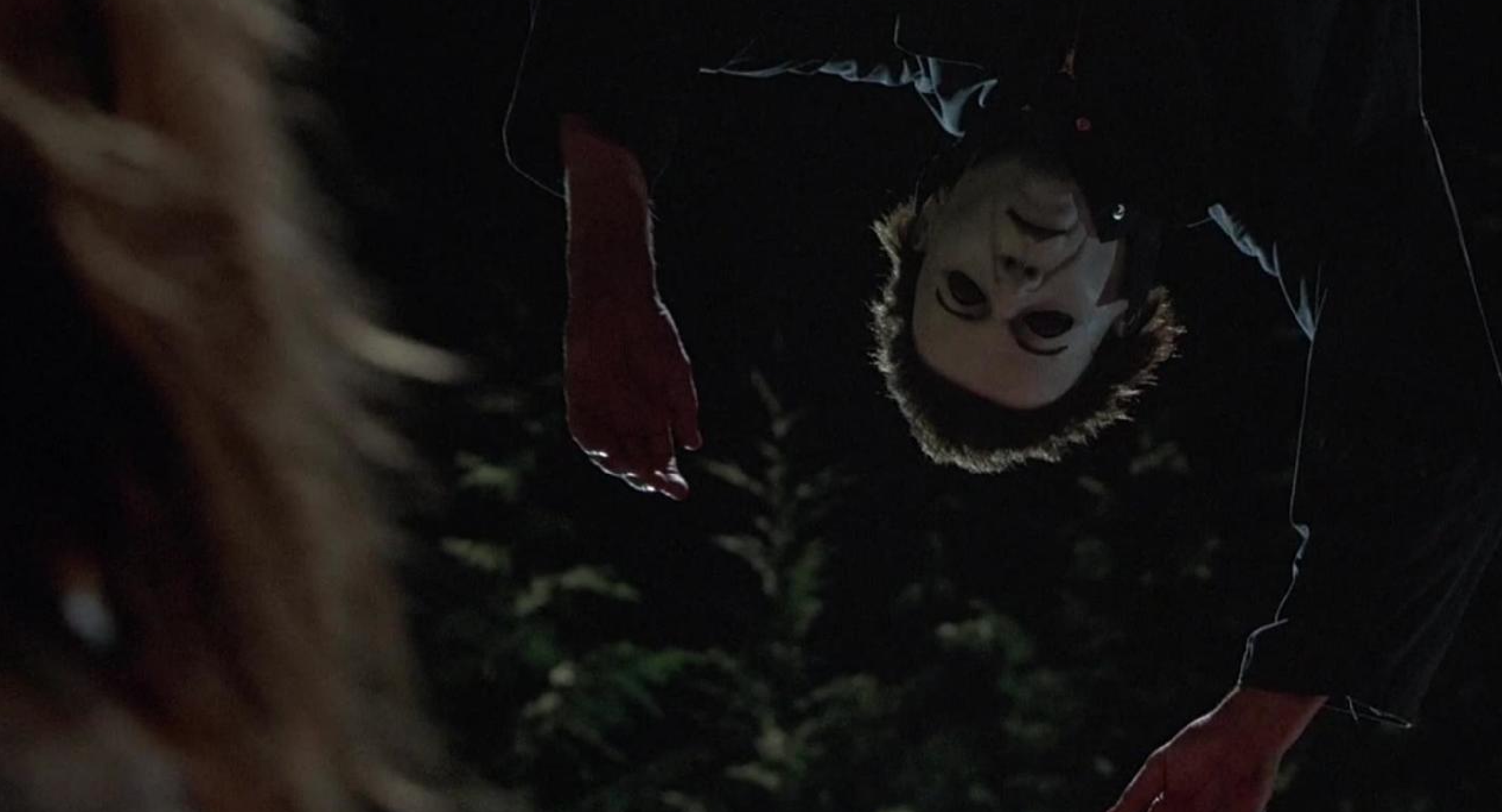Halloween: Resurrection – Film Review
Published August 1, 2024

Halloween: Resurrection, directed by Rick Rosenthal, is the eighth installment in the venerable Halloween franchise. Following the success of Halloween H20: 20 Years Later, which brought a sense of closure to the saga of Laurie Strode (Jamie Lee Curtis) and Michael Myers (Brad Loree), Resurrection attempts to revive the franchise with a modern twist. Unfortunately, this film does little to honor its predecessors and instead undermines the terror and complexity that made the original films iconic.
The movie opens with a revelation that cheapens the dramatic conclusion of H20. Laurie Strode is in a psychiatric hospital, having been accused of killing an innocent man she mistakenly believed to be Michael Myers. Michael, of course, is still alive and manages to infiltrate the facility, resulting in a brief and lackluster confrontation that ends with Laurie’s death. This abrupt demise of one of horror’s most beloved final girls sets a disappointing tone for the rest of the film.
The main storyline centers on a reality TV show called “Dangertainment,” where a group of college students spends a night in Michael Myers’ childhood home, rigged with cameras to capture their every move. The participants include Sara (Bianca Kajlich), her friends Jen (Katee Sackhoff) and Rudy (Sean Patrick Thomas), along with a few others. The show’s producer, Freddie Harris (Busta Rhymes), and his assistant Nora (Tyra Banks) oversee the event from a remote location.
Halloween: Resurrection attempts to blend traditional slasher elements with the then-novel concept of reality television, reflecting early 2000s media culture. While the idea of exploring Michael Myers’ house through a live broadcast had potential, the execution is severely lacking. The film fails to build suspense or develop its characters beyond stereotypical horror tropes.
Thematically, Resurrection struggles to find its footing. It oscillates between trying to be a satire on reality TV and a serious horror film, but it never commits fully to either direction. This inconsistency results in a muddled narrative that neither scares nor entertains effectively.
The characters in Halloween: Resurrection are woefully underdeveloped. Sara, the film’s protagonist, is portrayed as the typical final girl—intelligent, resourceful, and virtuous—but she lacks depth and relatability. Her friends, Jen and Rudy, are little more than cannon fodder, with minimal backstory or personality traits to make the audience care about their fates.
Freddie Harris, played by Busta Rhymes, is perhaps the most egregious example of poor characterization. His role as the comic relief is jarring and out of place in a film that should focus on tension and horror. His kung fu fight with Michael Myers is laughable and undermines the menacing presence that Michael should embody. Instead of being terrified of Michael, viewers are left rolling their eyes at the absurdity.
Rick Rosenthal, who previously directed Halloween II (1981), seems to have lost the touch that made his earlier work effective. The pacing of Resurrection is erratic, with long stretches of monotonous setup interrupted by sudden bursts of uninspired violence. The film lacks the atmospheric tension and carefully constructed scares that defined John Carpenter‘s original Halloween.
The use of handheld cameras and first-person perspectives, intended to emulate the reality TV format, is more distracting than immersive. These techniques, combined with poor lighting and haphazard editing, result in a visually unappealing film that fails to engage the audience.
The cinematography in Halloween: Resurrection is uninspired, with few memorable shots or creative visuals. The film’s aesthetic is bland and dated, relying heavily on low-budget effects that detract from the overall experience. Michael Myers’ mask, a crucial element of his character, looks cheap and lacks the menacing quality seen in earlier installments.
The special effects, particularly the gore, are subpar. The kills, which should be a highlight in any slasher film, are unimaginative and poorly executed. There is little tension or buildup to these moments, making them feel gratuitous rather than impactful.
The score, composed by Danny Lux, fails to leave a lasting impression. It lacks the iconic and haunting themes created by John Carpenter that have become synonymous with the Halloween franchise. The music in Resurrection is generic and fails to enhance the atmosphere or heighten the tension.
Audio effects, particularly the sounds associated with Michael Myers, are also lackluster. The infamous breathing through the mask and the eerie silence that often precedes his attacks are either missing or ineffectively used. This results in a film that fails to utilize sound as a tool for building suspense.
Halloween: Resurrection is a disappointing entry in a beloved franchise. It squanders the potential of its premise and fails to deliver on the elements that make a great horror film. The lack of character development, poor pacing, uninspired direction, and weak special effects culminate in a movie that is more frustrating than frightening. For fans of the Halloween series, Resurrection serves as a reminder of how far the franchise can fall from its iconic origins.
